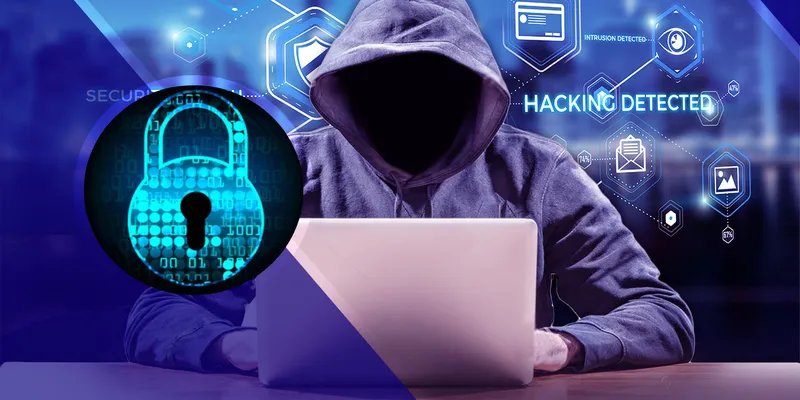How to stay a step ahead when cyber threats affect your enterprise
A recent report showed that there were 18 million new malwares captured, which is an average of 200,000 per day. Cyber crime is a threat you cannot ignore.
It’s Monday morning and you are ready for work. Everything looks great until you receive a notification message from the bank stating that there was a transaction made from your account and all the money has been transferred to an unknown account.

How did it happen? Who made the transaction? Whose account did the money transfer to? Did it really happen or did the bank make a mistake? Did someone hack the account? These are some common questions that will pop up in a situation like this.
A cyber breach can happen anytime with anyone. It doesn’t matter if you are an individual or an institution, as there are not enough security measures you can take when it comes to preventing your vital data.
Reason and impact
With computer science and internet of things (IoT) advancing day by day, the threat of breaking into someone’s account or an institutional firewall is as easy as it is for a burglar to break into someone’s house or office. Cyber attacks are a means to steal personal and institutional information and sell them on the dark web, where the price per item is likely to be the same, no matter the size of the enterprise.
The impact of such an attack can destroy a company’s identity or lead them to face a major loss in the market as it’s not just the company that would be under attack but also the clients and all their confidential data. Cyber attacks can mean the end for many organisations, big or small.
A recent report showed that there were 18 million new malwares captured, which is an average of 200,000 per day. As per Computer Crime and Intellectual Property Section (CCIPS), more than 4,000 ransomware attacks have occurred every day since the beginning of 2016. That’s a 300-percent increase over 2015. Statistics show that phishing emails have increased by 97.25 percent as an attack vector for ransomware since 2016. Seventy-eight percent of people click on unknown links they receive on emails even though they know it comes with a risk. At this rate, cyber-crime damage can easily hit up to $6 trillion annually by 2021.
Be aware of the cyber attacks
As an investor in the security space, I think the way to stay a step ahead is to be aware of the types of malwares and phishing attacks one is dealing with and which exists in the world. If you don’t know what you are dealing with, then you can’t stop it.
There are a number of cyber attacks that are common and can hit your institution at any given point of time if you are not careful. One such attack is when an end user is typically tricked into running a trojan horse programme often from a website they trust or visit. It’s basically playing on a person’s trust that they have on a certain website. This type of an attack is focussed on an individual and not the system.
Another common form of attack is phishing attack that is targeted towards the company in which hundreds of emails are sent with an attachment or link, hoping that at least one person will open it. Malware and ransomware attacks intend to gain access to your system or theft protection software. If this malicious software gets the access they can break into your passwords and spy on your network thereby damaging and erasing your vital information.
Prevention is better than cure
An institution or organisation is more susceptible to a cyber threat if they are using an outdated technology and software. Here’s what I advise on how to enforce a stronger protection when facing any of the above cyber threats:
- Establish two-factor or multi-factor authentication that helps mitigate threats by adding additional parameters for authenticating users, based on their roles and the privileges they have. The extra security measure will keep the hackers out by triggering any unknown activity based on a user’s behavioural attributes.
- Train the end-users on security awareness so they can understand when a suspicious activity takes place.
- Intrusion detection and prevention on email systems and servers that contain data is very important.
- Regular checks, risk or vulnerability assessments should be done weekly to make sure that everything is alright.
The bottom line is
No security measure is ever enough. Never forget that cyber criminals are always one step ahead of us and threats lurks behind anything using the internet. We should learn from others’ mistakes and always put the institutional security first by placing a cohesive strategy together that could identify and secure our present and future from cyber attacks.
(Disclaimer: The views and opinions expressed in this article are those of the author and do not necessarily reflect the views of YourStory.)







